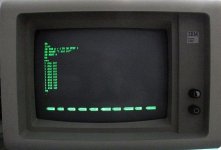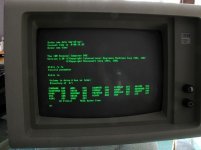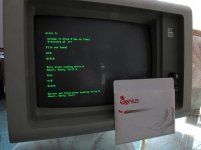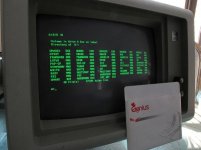modem7
10k Member
So, good result for a crude PSU test.With the resulting load the power supply started, ran the fan and produced +5.02V, -5.00V, +12.00V and -11.75V according to my DVM.
Either the PSU did not start, or it started and then shutdown due to overload.... there was no fan movement on the PS ...
I am glad you used the word 'possibly', because at this point, there is no indication of a definite or even probable short circuit (full or partial) on the +5V line of the motherboard.Results were > 8 MegOhms on -5V, +12V and -12V. The +5V test indicated 167.5 Ohms between pins 1 and 6 of P9 header. This is a confusing result because MZD diagnostic lists 200 Ohms as possibly good, and I don't see any obviously blown caps.
The Minimum Diagnostic Configuration (MDC) check being run cannot cater for all scenarios, just the majority.
It is a bit like the crude test that you have done of your PSU. Not a full functional test, and so what you have is only a certain level of confidence in it.
Of course, assuming that the cause is on the +5V line, there would be a bunch of other components on the +5V line to be replaced after that.Is there any other diagnostic I could perform before replacing the 13 tantalum capacitors on the +5V rail?
Inadequate PSU loading is a possibility. The motherboard alone should (repeat: should) be enough of a load, but maybe deterioration (or other) in your PSU means that it needs more loading.
For example, that test 1.5 ohm resistor of your draws about 3.5 amps from the PSU's +5 volt line. The 5160 motherboard draws about 1.5 amps from the same line. Maybe your particular PSU (for whatever reason) needs 2 amps or more from that line in order to start. Who knows! It is certainly a path worth investigating before replacing a lot of capacitors.
IDE drives in addition to the motherboard?
The 5160 motherboard does not require +12V/-12V/-5V. In the 5160, those are for possible use of expansion cards. Do you have another source of +5V that you could use to power the motherboard, one that can supply up to 10 watts? If so, note that:
1. The +5V line would not only need to go to the appropriate pin on P9, but it also needs to go to the motherboard's POWER GOOD line (the pin that the orange wire on P8 goes to).
2. 10 watts is not much. Certainly enough for the motherboard, expecting to hear the beeps that the MDC produces.
An ATX power supply via adapter (e.g. eBay item 351628918812) ?






